The smartphone landscape is constantly evolving. Each year brings a better user experience and more advanced technology to the devices that power our digital lives. In 2025, you can expect familiar brands to lead the way, with secondary players continuing to carve their own niches.
No Thanks, Keep Reading
Expect advancements in artificial intelligence, camera technology, and battery performance. Major device makers like Samsung, Google, Apple, OnePlus, and Motorola are all poised to release new phones with significant upgrades. Let’s look at the technologies and factors that will likely define each brand in 2025.
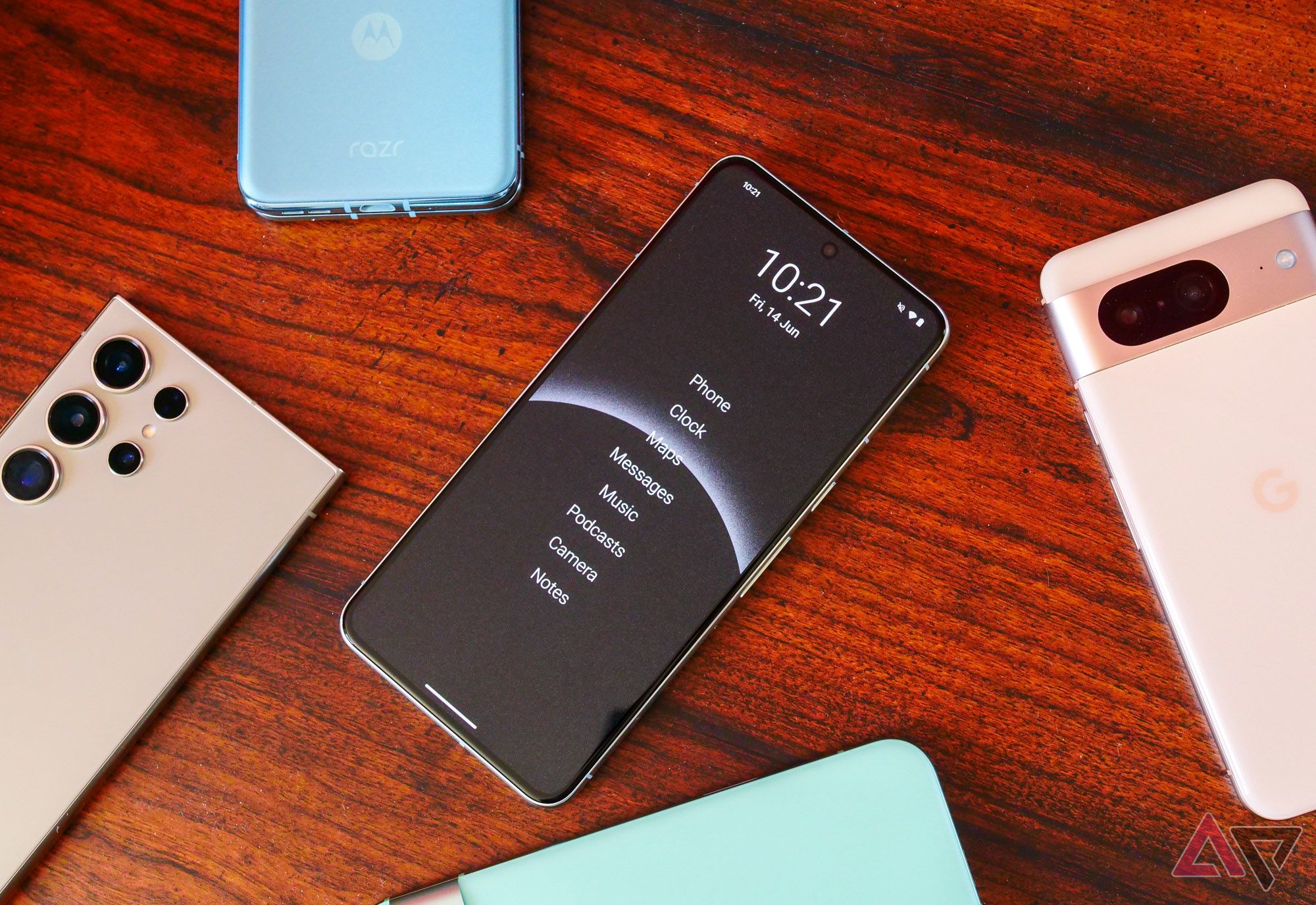
Related
5 Samsung will offer the largest variety of devices
No other company covers as much ground
Samsung continues to dominate the Android market, consistently delivering good phones at various price points. The flagship Samsung Galaxy S25 series is expected to arrive early in the year, with rumors pointing towards improvements in core areas like camera technology, battery life, and display quality. A slim variant is expected later in the year. On the budget end of the spectrum, the venerable Samsung A15 is due for an update, and the new A16 has arrived in some countries.
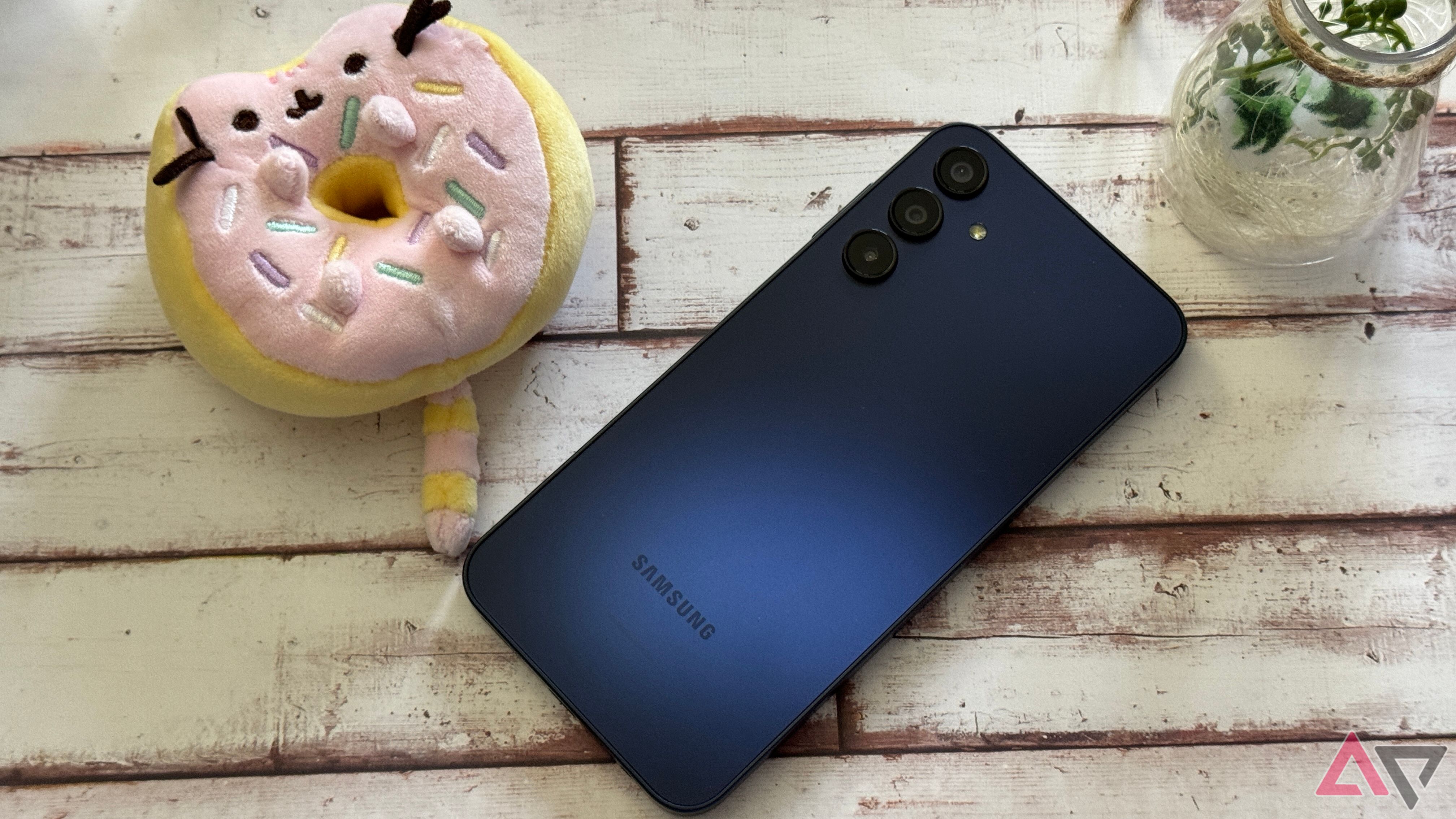
Samsung will likely use the Snapdragon 8 Elite chip for the S25 series. This new generation of processors should bring notable gains in performance and efficiency, with a particular emphasis on AI processing capabilities. Expect to see some focus on Samsung’s Bixby assistant, along with further integration of on-device AI for enhanced photography and personalized user experiences. Samsung’s foldable phone lineup is also likely to see continued refinement.
4 Google will trailblaze AI integration and photography
The company’s full-stack AI ownership is a big deal
We can expect Google to continue pushing the boundaries of computational photography and AI integration. Rumors suggest that Google is exploring more advanced sensor technology for the Pixel 10 series, potentially incorporating larger sensors or new lens designs to enhance image quality and low-light performance.
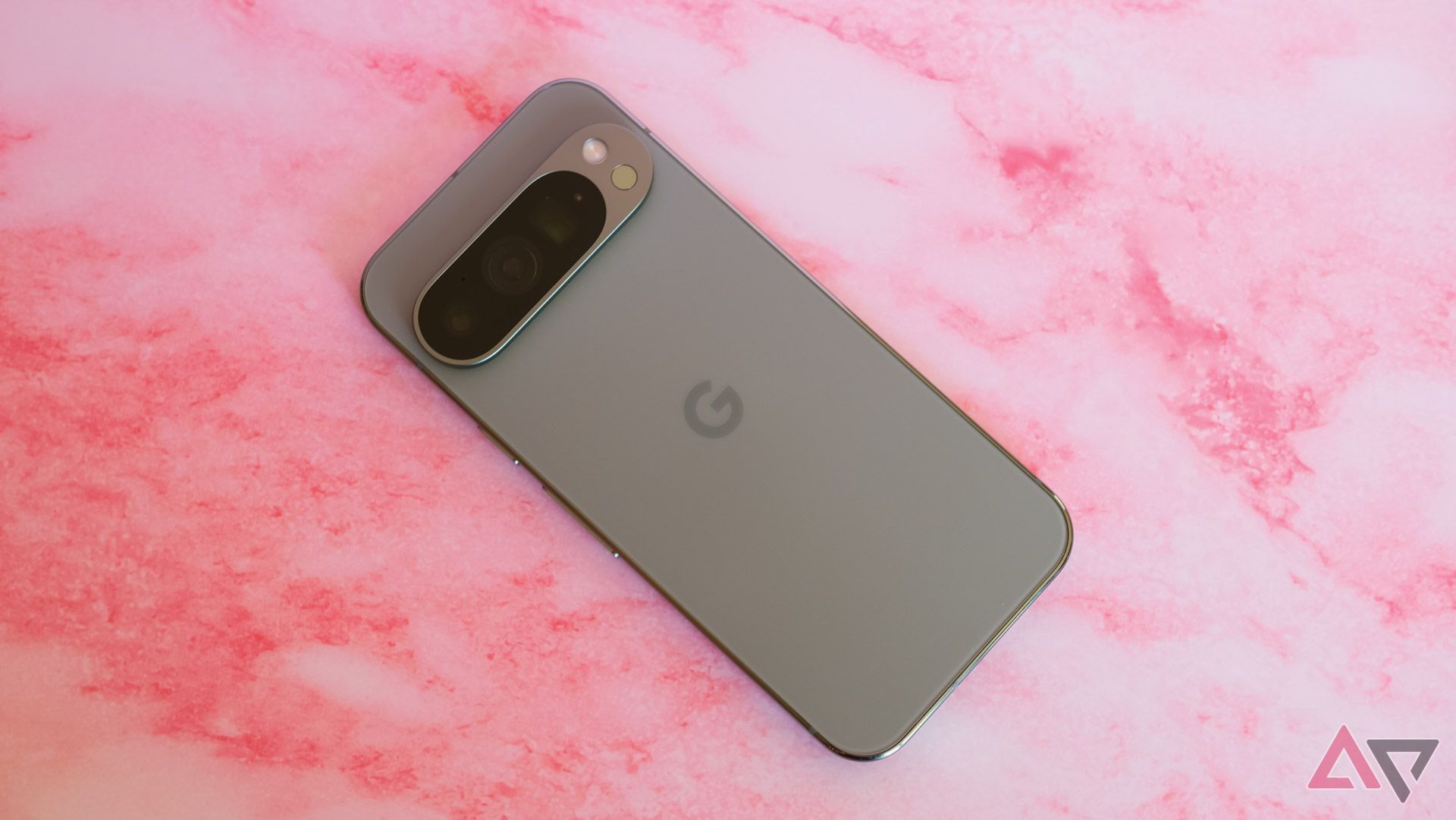
On the AI front, Google will likely double down on its Tensor chip development. The next generation of Tensors could bring advancements in natural language processing, enabling even more sophisticated and contextually aware Google Assistant features. We might also see new AI-powered capabilities for real-time language translation, personalized content recommendations, and on-device photo and video editing. Google’s commitment to integrating AI across Workspace will remain a differentiator for the company’s mobile experience.
3 Motorola will build on its general-purpose niche
The comeback story continues
Motorola made a comeback in the smartphone market by focusing on affordability and broad general-purpose feature sets like dual SIM support and international compatibility. The company is expected to release new devices in its Moto G and Moto Edge lines throughout 2025, likely offering competitive features at various prices. It’s also worth keeping an eye on where Motorola goes with its higher-end foldables, a category experiencing a nascent but uncertain rebirth.
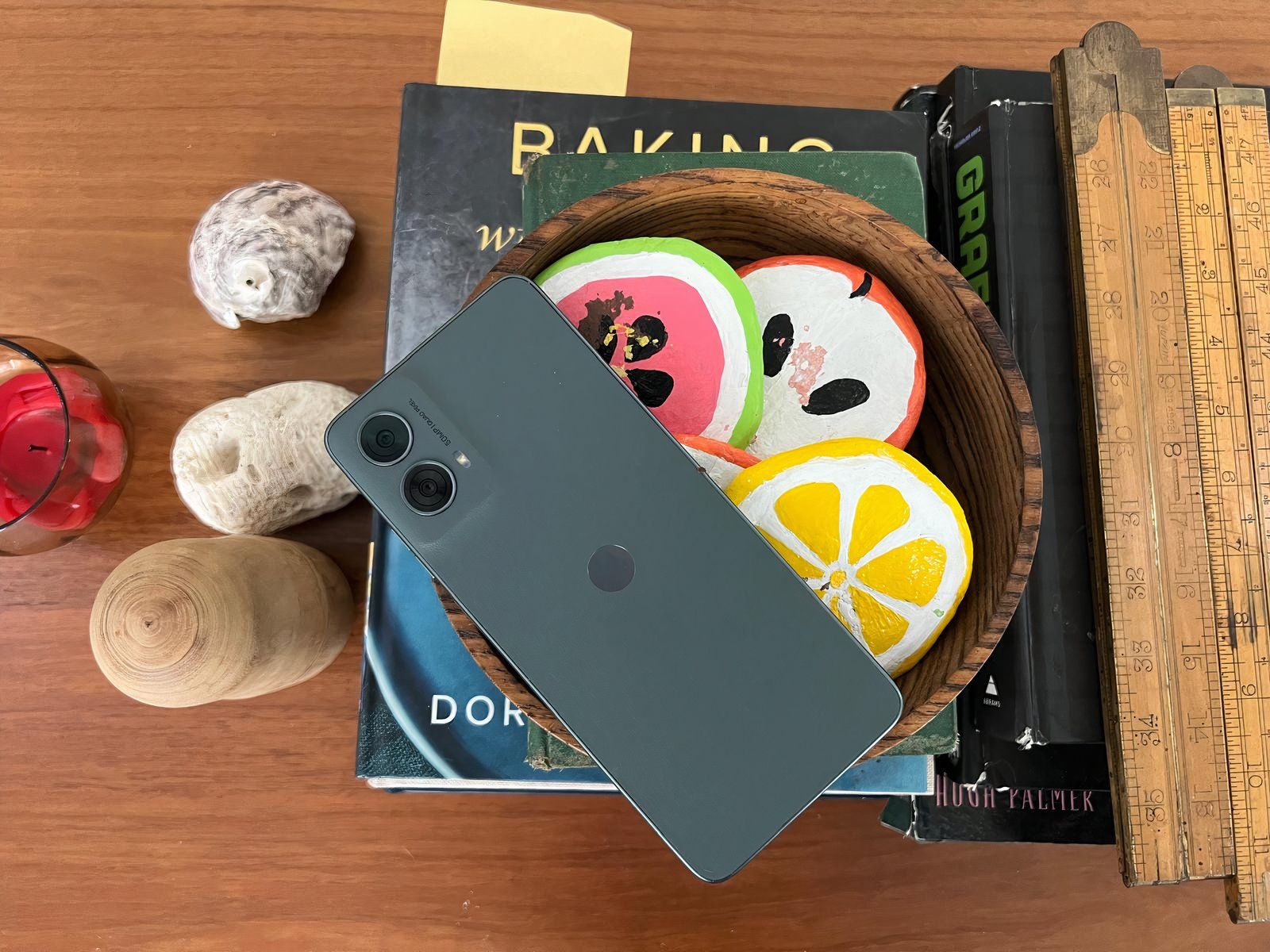
Motorola typically uses a mix of Qualcomm Snapdragon and MediaTek Dimensity processors across its lineup. We’ll probably see the Snapdragon 8 Gen 3 in their flagship Edge models, while the Moto G series might utilize Snapdragon 7 series or MediaTek chips to keep costs down. Motorola’s approach to AI tends to be more practical, focusing on features like camera enhancements, battery optimization, and gesture controls.
2 OnePlus should get more serious about the US market
We like OnePlus, but OnePlus might not like us
OnePlus has built a reputation for offering flagship-level specifications at competitive prices, but it’s not a major player in the United States. The OnePlus 13 series launched in China in late October 2024, but the US market will likely have to wait until early 2025. OnePlus doesn’t seem to have a current retail arrangement with any major US carrier, and that’s a problem. Because we could use more variety in the US smartphone market, we hope OnePlus will prioritize it in 2025.
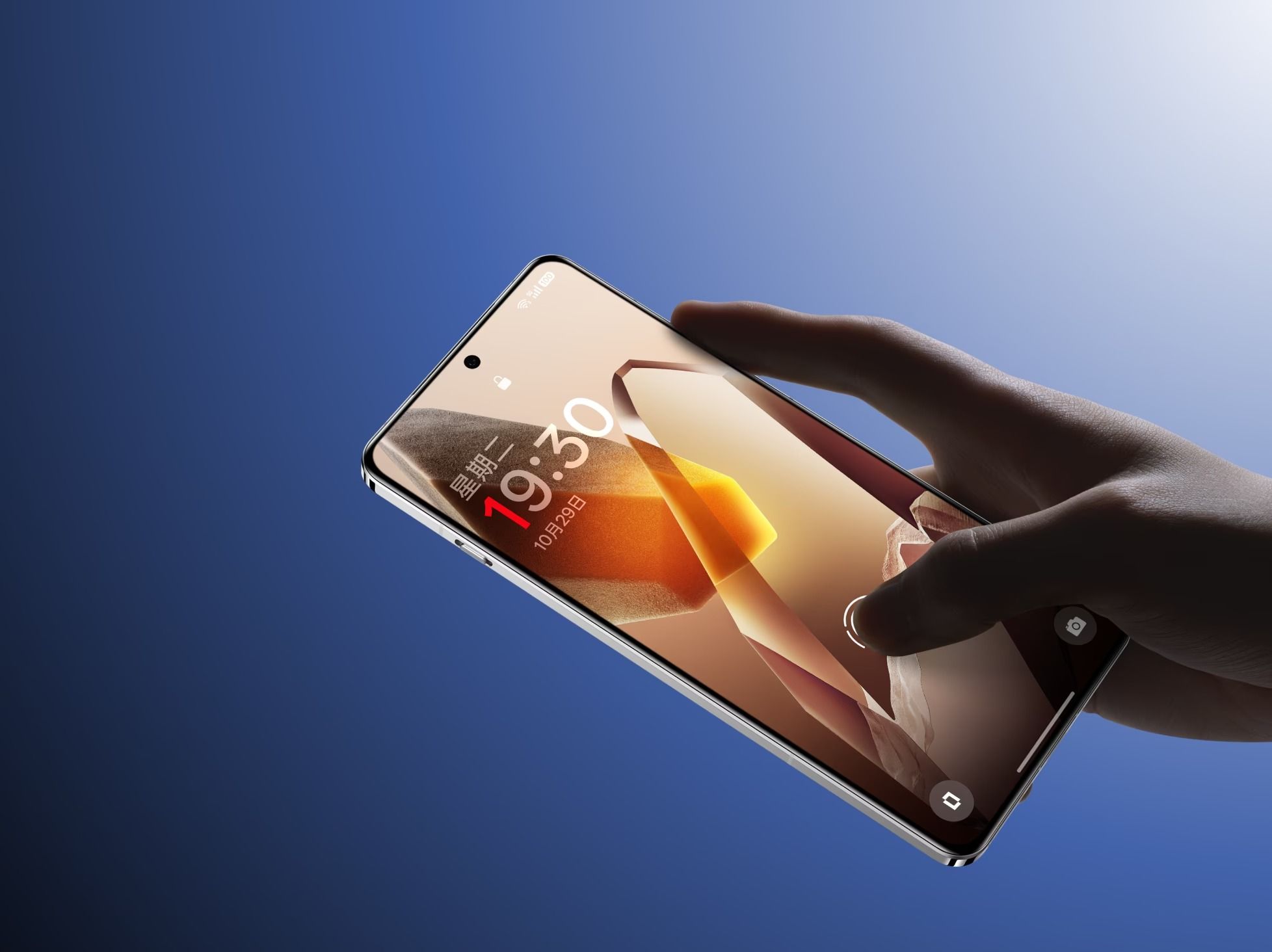
OnePlus typically opts for the latest Qualcomm Snapdragon processors for its flagship devices. The OnePlus 13 series is powered by the Snapdragon 8 Gen 3. Battery life is back in style, and OnePlus is one of the first brands to deliver phones with a 100-watt charging speed. This provides a full recharge in 30 minutes or less. OnePlus has expanded its product portfolio beyond smartphones. We might see new additions to its ecosystem of devices in 2025.
1 Apple will do what Apple does, and fans will love it
A walled garden and device-side AI await the faithful
Apple marches to the beat of its own drum. The company maintains a devoted following and a reputation for premium smartphones, focusing on user experience and design. The iPhone 17 series is expected to launch in September 2025. Rumors suggest camera enhancements and a new slim model with a thinner design.

iOS 19 may accompany the iPhone 17 launch, with new features focused on productivity, personalization, and deeper integration with Apple’s ecosystem. Siri is expected to receive further enhancements, possibly with improved natural language understanding and contextual awareness. Apple’s focus on privacy-preserving AI will likely continue, with advancements in on-device processing for features like image recognition and personalized recommendations.
Android 16 is coming next year
We also expect the Android OS to continue its march forward in 2025. Google recently surprised us with a leak that the new OS will drop on June 3, earlier in the year than usual. You can expect Android 16 to emphasize continued AI integration, UX optimization, and security. A second minor release may follow later in the year.
2025 looks promising
2025 is shaping up to be a landmark year for smartphones. There’s a lot to be excited about, from rapidly advancing AI features to new form factors, larger batteries, and fast recharging speeds. It’s great to see that thin is in for 2025, and we hope the small device category continues to expand because not everyone wants a huge phone. Samsung and Google will remain the dominant Android players, while Apple will continue to thrive in its walled garden. Meanwhile, more upstart brands such as Motorola and OnePlus could pack some surprises.
Whether it’s making photos better, assistants smarter, or phones more personalized, AI is changing the way we interact with our devices. The features and capabilities it makes possible will be a dominant theme into 2025 and beyond. Get ready for a fun year in the world of mobile devices.





